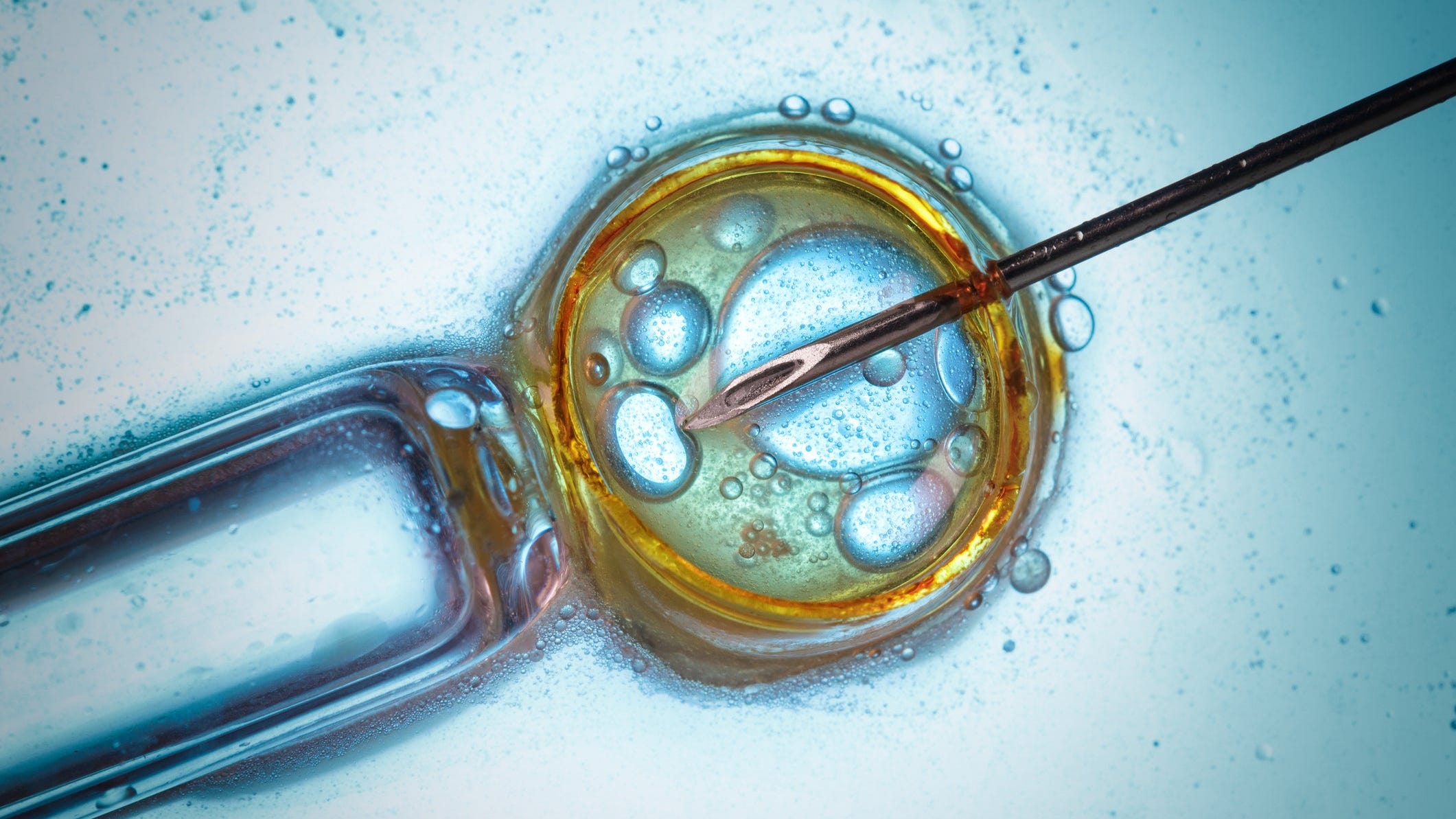Infection
2-year-old in Nevada dies from rare brain-eating amoeba, Naegleria fowleri
A Las Vegas toddler passed away from a rare brain-eating amoeba called Naegleria fowleri, The Nevada Division of Public and Behavioral Health (DPBH) said in a statement.
Woodrow Bundy, 2, died Wednesday morning after being treated at Sunrise Children’s Hospital in Las Vegas, KTLA reported.
Investigators said Bundy may have contracted the infection at Ash Springs, a natural hot spring located on federal land in Lincoln County, Nevada 102 miles away from Las Vegas.
Bundy’s family told KTLA his health began spiraling last week when he experienced flu-like symptoms.
The DPBH confirmed infection starts with a severe headache, fever, nausea and vomiting, progressing to stiff neck, seizures, and coma that can lead to death.
The Centers for Disease Control and Prevention (CDC) confirmed with Nevada’s Department of Public Health that Naegleria fowleri was the cause the patient’s illness.
“If you wind up getting infected with it, chances are you’re going to die,” Dr. Brian Labus told KVVU-TV Thursday. “Very few people have actually survived this type of infection.”
‘Brain-eating amoeba’ peaks in summer:What to know about Naegleria fowleri symptoms
What is Naegleria fowleri, or a brain-eating amoeba?
Naegleria is a single-celled organism found in warm freshwater and soil, according to the CDC. Naegleria fowleri, the only fatal species, enters the body when water gets in through the nose. On rare occasions, it can cause primary amebic meningoencephalitis (PAM), a brain infection that destroys brain tissue.
Most infections have come from swimming in freshwater bodies, such as lakes, rivers or hot springs. Very rarely, infections occurred from pools or water parks with insufficient chlorine levels.
Early symptoms usually start about five days after infection and include a sudden onset of fever, headache, vomiting, or a stiff neck. As the disease progresses, symptoms include confusion, seizures, hallucinations, and coma.
How rare is Naegleria fowleri?
Again, rates of infection are incredibly low, with less than eight cases reported annually, according to the CDC. However, Naegleria fowleri is incredibly lethal. Among known infections since 1962, only four individuals have survived the amoeba, resulting in a 97% fatality rate.
For a reason yet to be identified by experts, the majority of cases are seen in males under 14 years old. Some theorize this is simply due to that population being most active swimming in these locations.
Specific diagnostic tests for the amoeba are available in only a few labs in the U.S., and infections are so rare and tough to initially detect that 75% of diagnoses are made after death, according to the CDC.
The majority of infections occur in July and August, per the CDC.
Where is Naegleria fowleri found?
The most common locations for infection are lakes, ponds or reservoirs, followed by rivers, canals, ditches, puddles and streams, as Naegleria fowleri thrives in water temperatures above 80 degrees.
The majority of cases since 1962 have occurred in the South − primarily in Texas (39) and Florida (37) − as well as in the West, where California (10) and Arizona (9) have recorded cases.
More Nevada caes:Brain-eating amoeba infection after possible exposure at Lake Mead
How climate change could affect Naegleria fowleri infections
With rising temperatures due to climate change, it’s possible that Naegleria fowleri infections will become more common, said the CDC. Warmer air temperatures result in warmer waters and more favorable conditions for the amoeba to grow.
In the past decade, cases have been confirmed in more northern areas including Nebraska, Iowa, Minnesota, Indiana, Maryland, and Northern California.
The risk of Naegleria fowleri is higher during and after heat waves, when water temperatures are warmer. The amoeba has been known to survive temperatures as high as 114.4 degrees Fahrenheit.
How to avoid Naegleria fowleri infection
The CDC recommends avoiding activities that allow freshwater to go up the nose, like jumping or diving into water. It recommends holding or plugging one’s nose when going underwater, and to not put one’s head under a hot spring.
Naegleria fowleri is found in the soil or sediment of freshwater bodies, so avoid digging or stirring up the bottom of lakes or rivers.
Overall, cases are rare, but avoiding getting water up the nose is your safest precaution.

